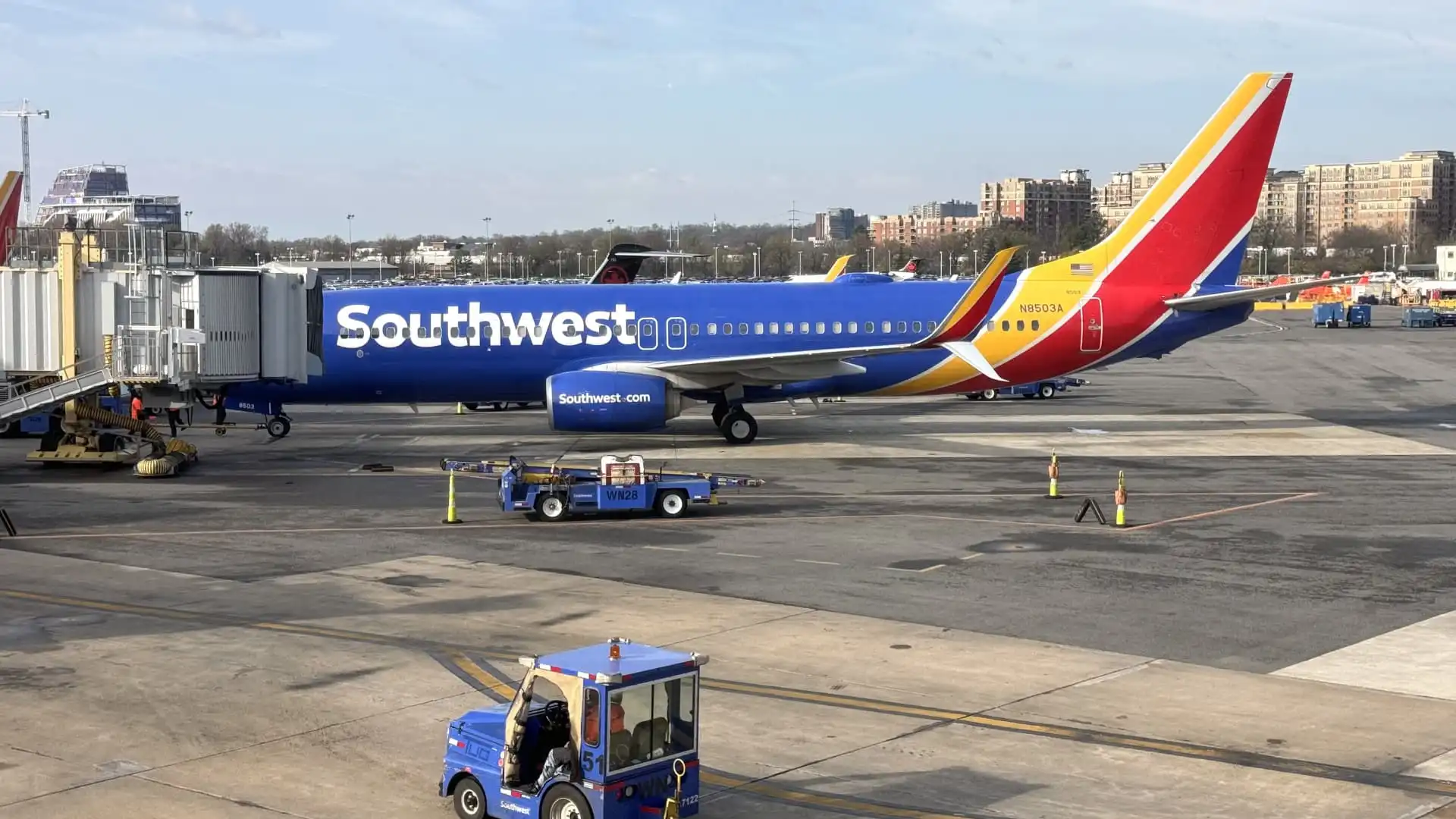FAA Investigating Substantial Damage to Boeing 737 Max in Dutch Roll Incident
Southwest Airlines jet damaged by rare Dutch roll at 38,000 feet. Investigation underway. Boeing declines to comment. No injuries reported.
A Southwest Airlines Boeing 737 was recently involved in a federal investigation after experiencing a rare phenomenon known as a Dutch roll at nearly 38,000 feet. Flight N8825Q was en route from Phoenix to Oakland with 175 passengers and six crew members when the aircraft's tail began to yaw or wag left and right, causing the wings to rock side to side.
Dutch roll, a lateral asymmetric movement likened to the movements of ice skaters, can be potentially dangerous. The Federal Aviation Administration (FAA) is collaborating with Boeing and the National Transportation Safety Board to determine the cause of the fault, while Boeing has chosen not to provide a comment at this time.
According to a preliminary report from the FAA, the aircraft experienced a Dutch roll but was able to regain control. Post-flight inspection revealed damage to the standby power-control unit (PCU). Despite the incident, the plane was able to safely land in Oakland with no reported injuries.
Federal aviation regulations stipulate that a Dutch roll occurring below a certain speed must be positively damped with controls free and controllable with normal use of primary controls. In most cases, an aircraft's yaw dampener should correct the lateral movement.
Boeing has faced multiple investigations, including from the Justice Department, following a panel blow-out on a 737 Max 9 plane earlier this year. This incident led to probes into other Boeing aircraft, such as the 787 Dreamliner, after evidence from whistleblowers was provided to investigators. The company has emphasized its commitment to safety practices, utilizing machine-learning algorithms to identify potential faults and ensure passenger safety.











Comments on FAA Investigating Substantial Damage to Boeing 737 Max in Dutch Roll Incident